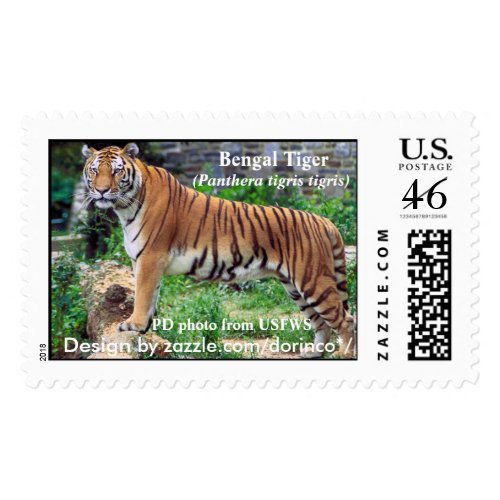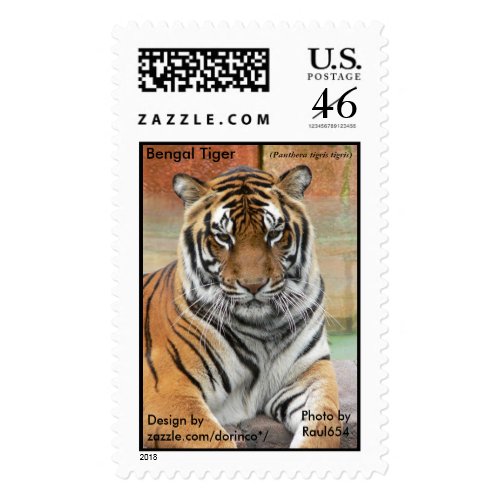Pardon my absence. :-)
As an extension of my post
I doubt he's a pirate, part II: Charity delivers from death! (part II of
this post) I add some additional details.
The second post depicted a scene from the very famous 18th century book about the rituals, customs and costumes of various religions, Bernard and Picart's
Religious Ceremonies and Customs of All the Peoples of the World. In that post the point was to show skull imagery used by Jews as a reminder of mortality, a well known motif of the time period which had nothing to do with pirates.
The actual image showed Dutch Sephardic Jews performing
hakafot or seven circuits around a coffin. Rabbi Leone Modena mentions this custom in his
Riti without giving a reason:

Interestingly enough, although there were already two separate English translations of Modena's Riti (Edmund Chilmead's in 1650 and Simon Ockley's in 1707), the English version of Bernard and Picart's work included yet a third translation.
Trachtenberg, in his
Jewish Magic and Superstition, after describing the magical powers of circles writes: "it is interesting that in the Orient the general practice at a funeral is for the mourners actually to encircle the coffin seven times, reciting the "anti-demonic psalm." Similarly the late custom among East-European Jews (which also prevails in the Orient) for the bride to walk around her groom under the wedding canopy three, or seven times, was probably originally intended to keep off the demons who were waiting to pounce upon them." But alas, he just says it, and doesn't give a source or much beyond a "similarly" and a "probably originally." Although he mentions the "anti-demonic psalm" (which is Psalm
91) that is not the ritual I have seen.
The prayers recited during this ritual are found in a fascinating
siddur published in New York 1826.

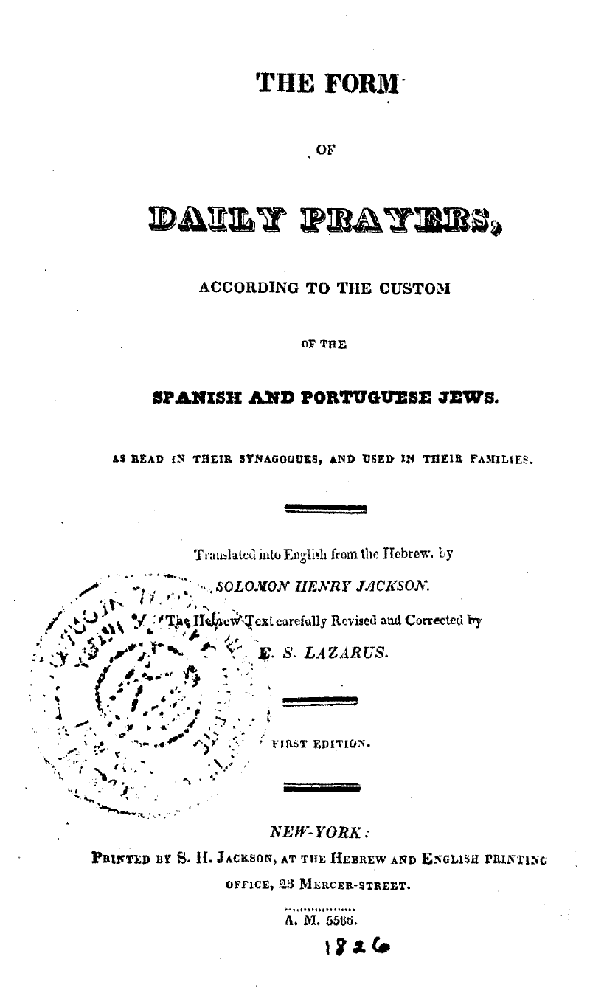


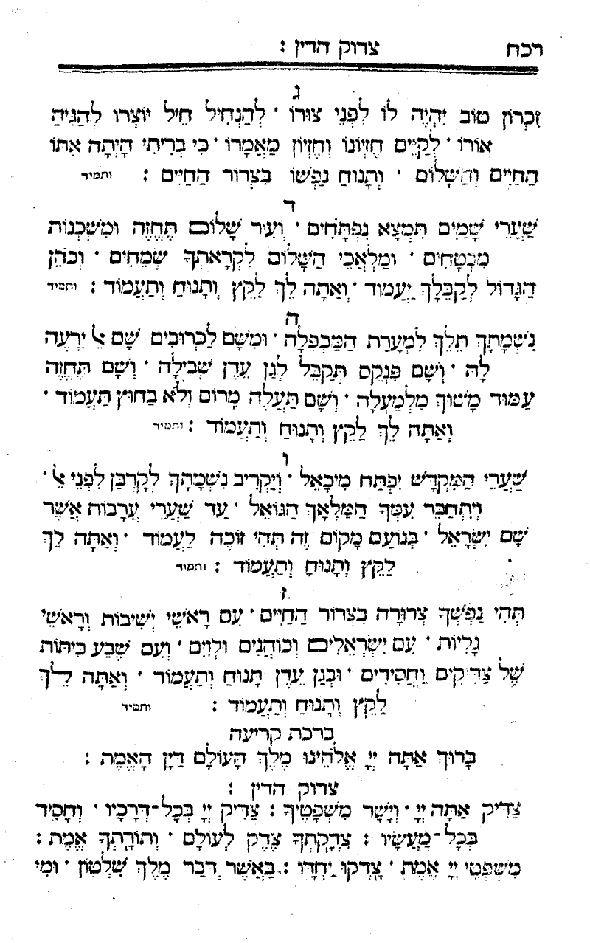
Nary a demon nor a Psalm 91 to be found. Of course it is possible that in other rituals this psalm was recited, but I bet Trachtenberg was conflating it with the Ashkenazic custom of stopping seven times during a funeral procession. Incidentally, the translator of this siddur, Solomon Henry Jackson, produced the first Jewish newspaper in America. In 1823 he published
The Jew, which came out in 24 monthly issues. The purpose of this paper was to counter and refute the American Society for Meliorating the Condition of the Jews. Eleazar Samuel Lazarus, who was responsible for the Hebrew text of this siddur, was the poet Emma Lazarus's grandfather.
Since we are discussing Spanish-Portuguese Jewish liturgy, here seems an appropriate place to post some images from Alexander Alexander's siddur, published in London in 1773. Horrifyingly, it includes the following Prayer For Martyrdom (
השכבת השרופים על קדוש השם), for burned victims of
autos de fé.



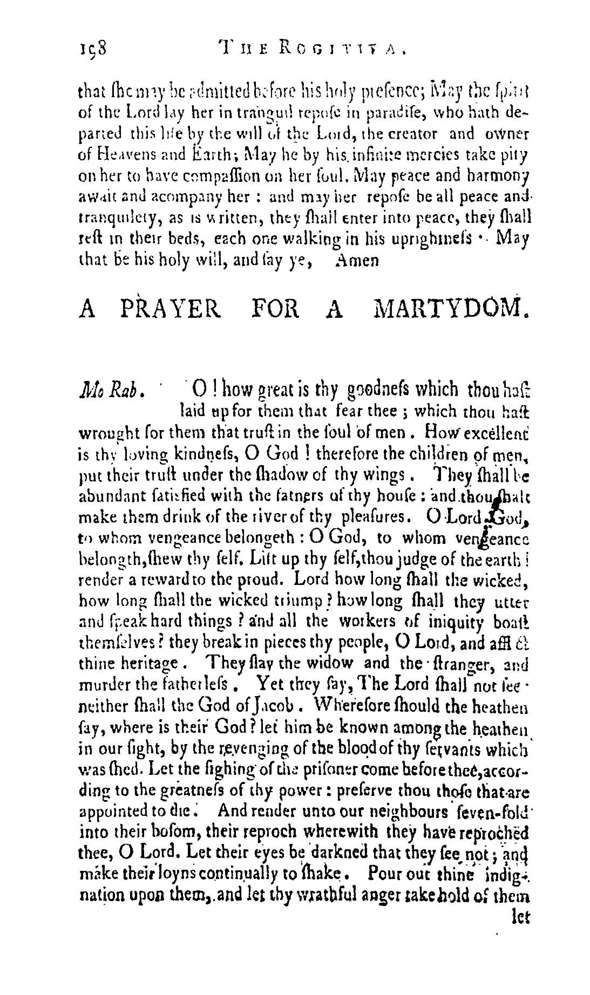


Immediately following this prayer for those burned at the stake is . . .
Birkhat Ha-mazon (Grace After Meals).
Talya Fishman notes (Shaking the Pillars of Exile, pg. 57) that "Many conversos who had escaped the wrath of the Inquisition and relocated to safe havens suffered from what we might describe as "survivor's guilt."
They had saved their lives by dissembling, while others, less fortunate, were burned at the stake."
She goes on to describe their "need . . . to lionize the victims." Such former conversos idealized martyrdom as the highest religious ideal. For some reason she then switches to Iberian exiles in general, and footnotes R. Yosef Karo's desire to be burned at the stake, like Solomon Molcho had been. Here is one of the famous passages in Maggid Mesharim (
זאת הברכה), where the Mishnah tells him that he will be burned at the stake:

"I will make you worthy to be publicly burned in Eretz Yisrael, to sanctify my name in public, and be a burnt offering on my altar. Your sweet smell like incense will rise before me and your ashes will be piled on my altar. . . Your name will be remembered in synagogues and Batei Midrashot . . . You will be worthy to sanctify my name in public, just as my chosen one Shlomo, who was called Molcho, was worthy. . ."
In case anyone thinks that the Mishnah is being harsh on him, note the very end: "I am the Mishnah speaking with your mouth, I kiss you with kisses of love and I embrace you."
Thus for the prayer for martyrdom and the strong Sephardic feelings regarding the executions by fire.
This post has gotten to long, so the hakafot themselves and more skull imagery will come in yet a
fourth post. Also see this earlier post (
Nobody Expects the Spanish Inqusition - in the late 18th century the autos de fe were no less fresh in the mind's of Sephardic Jews than the Holocaust is today).






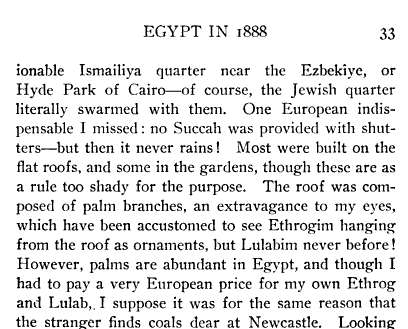

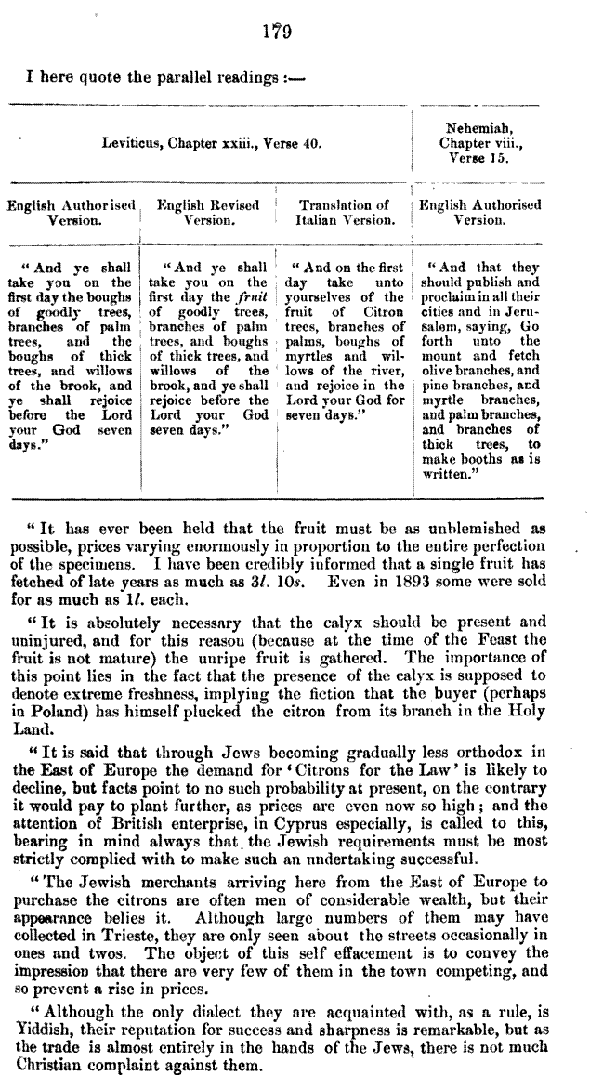



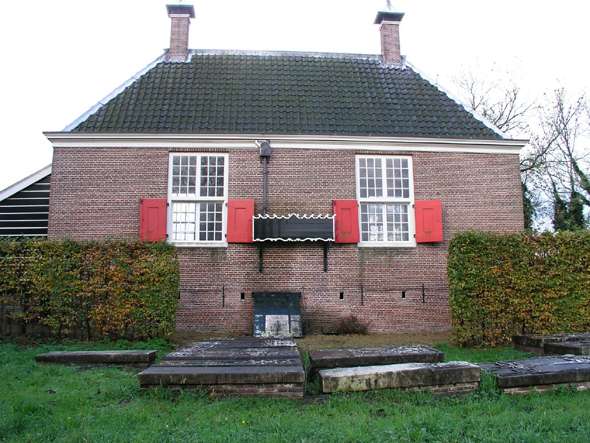
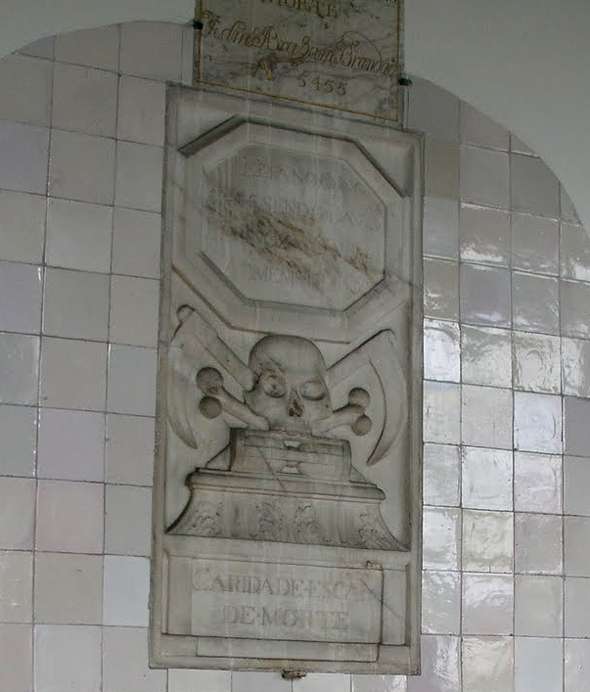

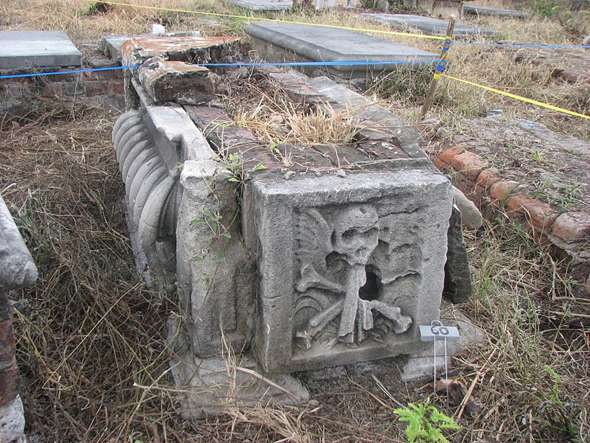

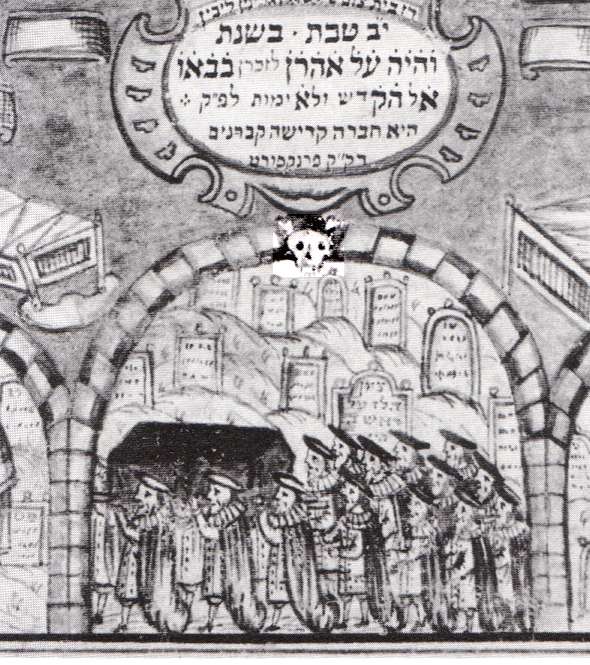


















.jpg)


